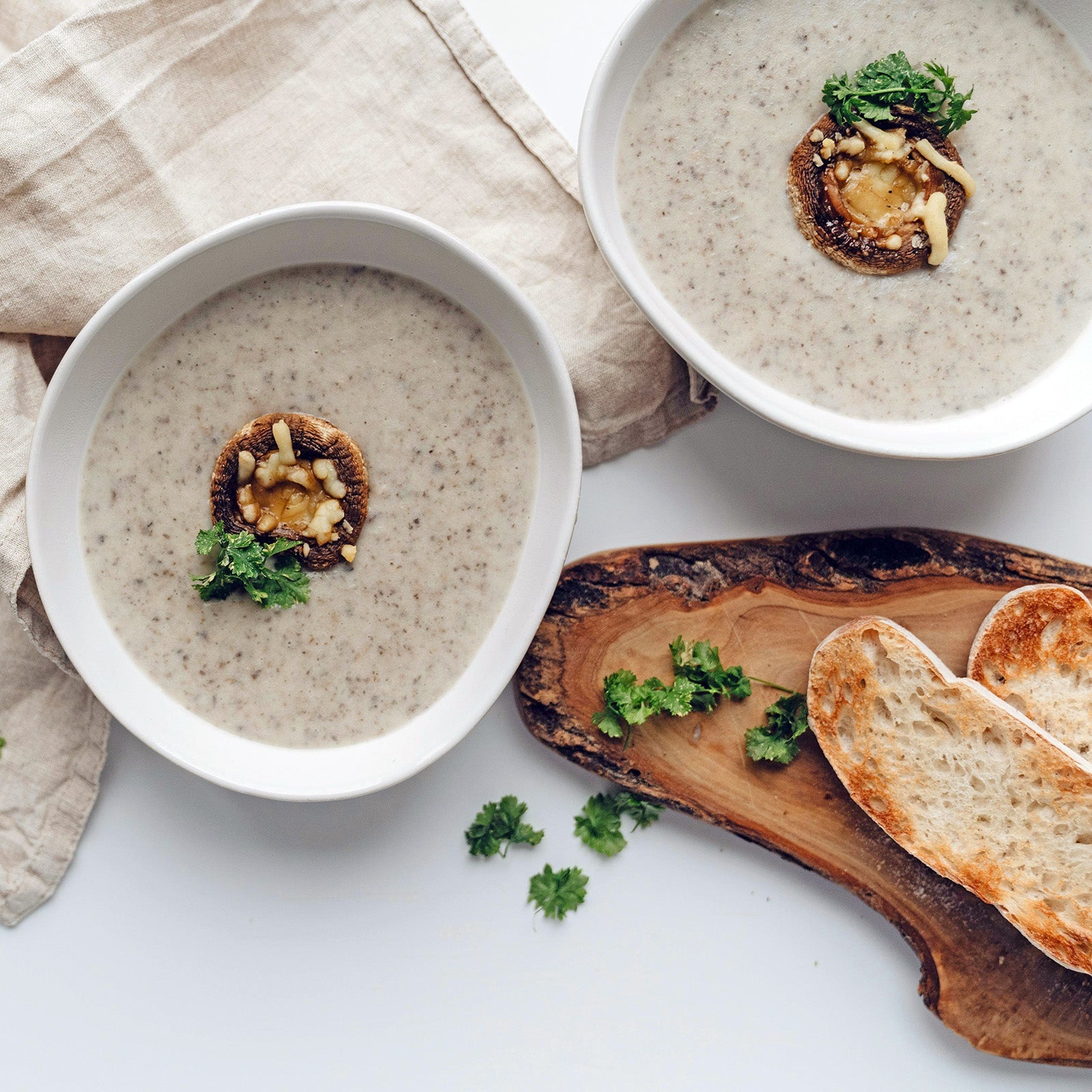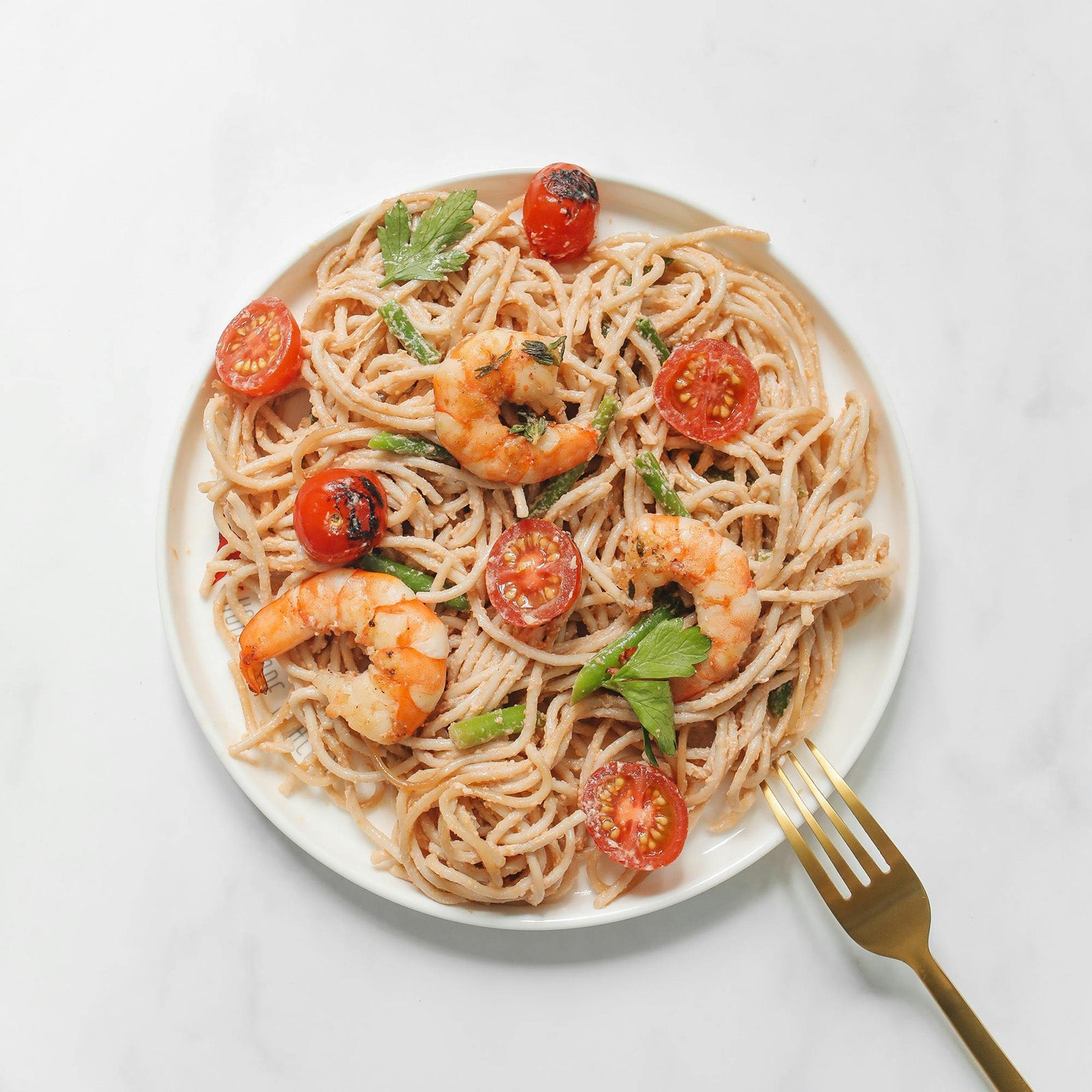
Green, yellow, orange, and red bell peppers all come from the same plant.
They’re not different varieties—just different stages of ripeness.
What begins as green matures into yellow, orange, and finally red. It’s one pepper moving through time, like a spectrum of sugar, pigment, and polyphenols. Each stage tells a different story nutritionally—and commercially.
Green is cheaper not because it’s inferior, but because it’s unfinished.
Red bell peppers are more mature, and with that maturity comes greater carotenoid density—particularly beta-carotene and capsanthin. They also contain nearly double the vitamin C of their green counterparts and more consistent antioxidant activity. But “most nutrient-dense” is context-dependent. If you’re looking at total vitamin C, yes. If you’re watching sugar intake, green may still be your pick.
Sugar content shifts as chlorophyll fades. A standard red pepper has 5–7 grams of sugar per 100g, while green hovers around 2–3 grams. The sweetness is perceptible. So is the difference in digestion. Anecdotally—and backed by some clinical nutritionists—green peppers contain more alkaloids and less ripened cellulose, which may contribute to digestive discomfort in some people. They also tend to be firmer, requiring more effort to break down.
At Zina’s, we don’t approach bell peppers as an accent. In dishes like our Wheatberry Salad or Orzo Confetti, green, yellow, and red varieties are selected not just for appearance but for their maturity, bite, and acid-sugar balance. Roasted red for softness and sweetness, green for crunch and vegetal edge. We cut by hand, which means we feel the variance. Texture dictates treatment.
So which color is “healthiest”? Depends on what you mean by healthy. Red peppers are richer in vitamins A and C. But yellow peppers offer a cleaner, less saccharine flavor with still-solid antioxidant levels. Green brings fiber and bite, often better paired with fats to aid absorption. The right answer is often found in the mix.
In nutrition, like in cooking, balance beats absolutism.
You want color. You want ripeness. But you also want to respect the underripe.






